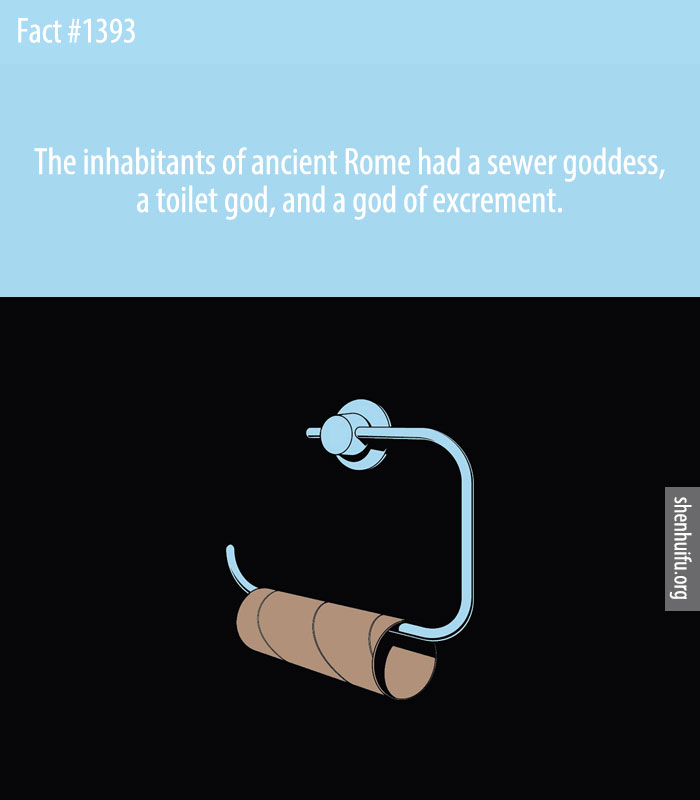
The inhabitants of ancient Rome had a sewer goddess, a toilet god, and a god of excrement.
The goddess of the channels was a certain Cloacina (from the word cloaca), which was borrowed from the Etruscans into the Roman pantheon. Cloacina was the patron of Rome’s largest sewer – Cloaca Maxima. In her honour, an altar was erected in the royal toilet at the behest of the ruler Titus Tatius. People prayed to her when the channels were blocked or poured out. Later, her cult was associated with the goddess Venus, creating an altar in honour of Venus Cloacina at the Forum Romanum.
The Roman god of toilets was, in turn, a certain Crepitus who was asked for support in the event of bloating, constipation or diarrhoea. There was also a prayer to Stercutius (from the word stercus meaning “faeces”), the god of stool. Farmers who fertilized their fields often turned to him for support. He was also often associated with Saturn – the Roman god of agriculture.
